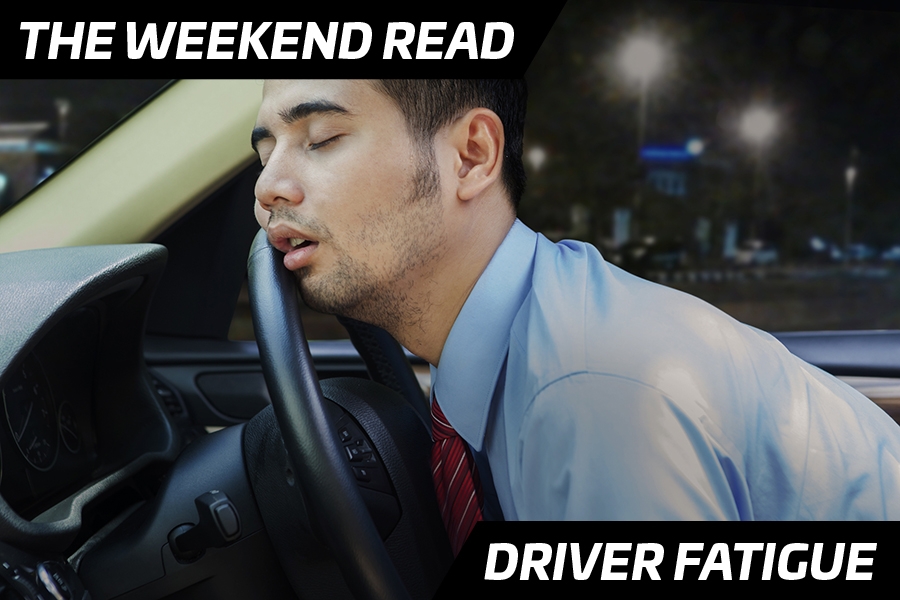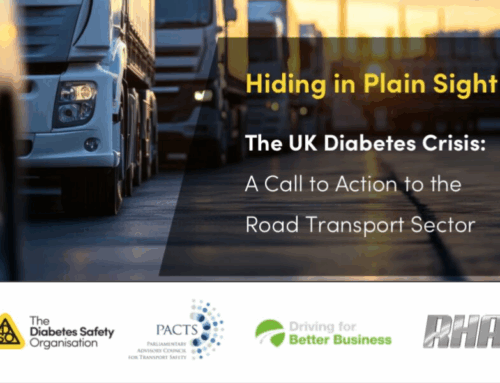Fatigue is a contributing factor in around 20 per cent of all collisions on the UK’s roads; despite this, 40 per cent of all car, van and lorry drivers admit to driving while tired. Drivers must understand the dangers of this; equally, businesses must adopt a strict no tolerance approach to their employees operating a vehicle while drowsy. And with each crash costing an average of £800 in repair costs – not to mention any resulting sick leave, medical expenses, staff cover costs or potentially more serious issues including injury or lawsuits, businesses need to give serious consideration to the ramifications of their employees driving while tired.
To raise awareness of the issues surrounding fatigue, Van Excellence invited experts from sleep-specialists Third Pillar of Health to speak at its Operational Briefings earlier in the year; this article will provide a summary of the key insights and lessons.
The Effects
Sleep deprivation is a very common issue, with 20 per cent of people in the developed world suffering from sleep problems at any one time. The impact of fatigue on a person’s mental and physical health extends well beyond simply feeling drowsy and common symptoms include:
- Reduced alertness, vigilance and productivity
- Stress, mood shifts, irritability and strained relationships
- Daytime drowsiness and microsleeps
- Reduced vocabulary and poor communication skills
Looking at these symptoms, it is easy to see how tiredness can compromise a driver’s ability to operate a vehicle safely and efficiently. In fact, sleeping only four to five hours a night for a week, instead of the recommended seven to eight hours, impairs performance to the same extent as being drunk. Drivers must, therefore, be able to spot the warning signs they are fatigued and take evasive action quickly.
The Signs
Ten per cent of people who own a vehicle for work have admitted to falling asleep at the wheel at some point. Drivers who continue to drive while tired are at particular risk of microsleeping – dozing off for up to two seconds – which can result in a total loss of alertness. When you consider that a vehicle driving at 56 miles per hour will travel 25 metres per second, it is not hard to see how dangerous microsleeping can be. There are several warning signs that indicate a driver is at risk of microsleeping, including frequent yawning and drooping eyelids, slowing reactions and lack of alertness. Drivers can stay safe by spotting the warning signs early and taking evasive action as soon as possible.
Short-term Countermeasures
Contrary to popular belief, winding down the window, turning up the radio, or talking to a passenger are not effective countermeasures; they will not help to keep a driver alert. Instead, drivers should try these six strategies recommended by Third Pillar of Health:
- Obtain adequate sleep before a journey
- Avoid driving early in the morning
- Take a nap before a journey
- Change drivers (providing the new driver is alert)
- Drink a caffeinated drink and immediately take a 15 to 20 minute nap
- Pull over to a roadside hotel to sleep
Long-term Countermeasures
Both Third Pillar of Health and Van Excellence encourage businesses to adopt a strict no tolerance approach to their employees driving while tired. This should include intervening when a driver appears too tired to drive and reviewing internal policies and procedures to ensure drowsy driving is prohibited and the ban maintained.
Driving while drowsy can have severe repercussions; even a very minor accident is likely to result in repair fees, as well the costs associated with a vehicle being off the road while it is being repaired. Businesses must ensure they are taking a proactive approach to preventing drivers operating vehicles while tired; it is simply too risky – for both safety and financial reasons – to simply turn the other way.






